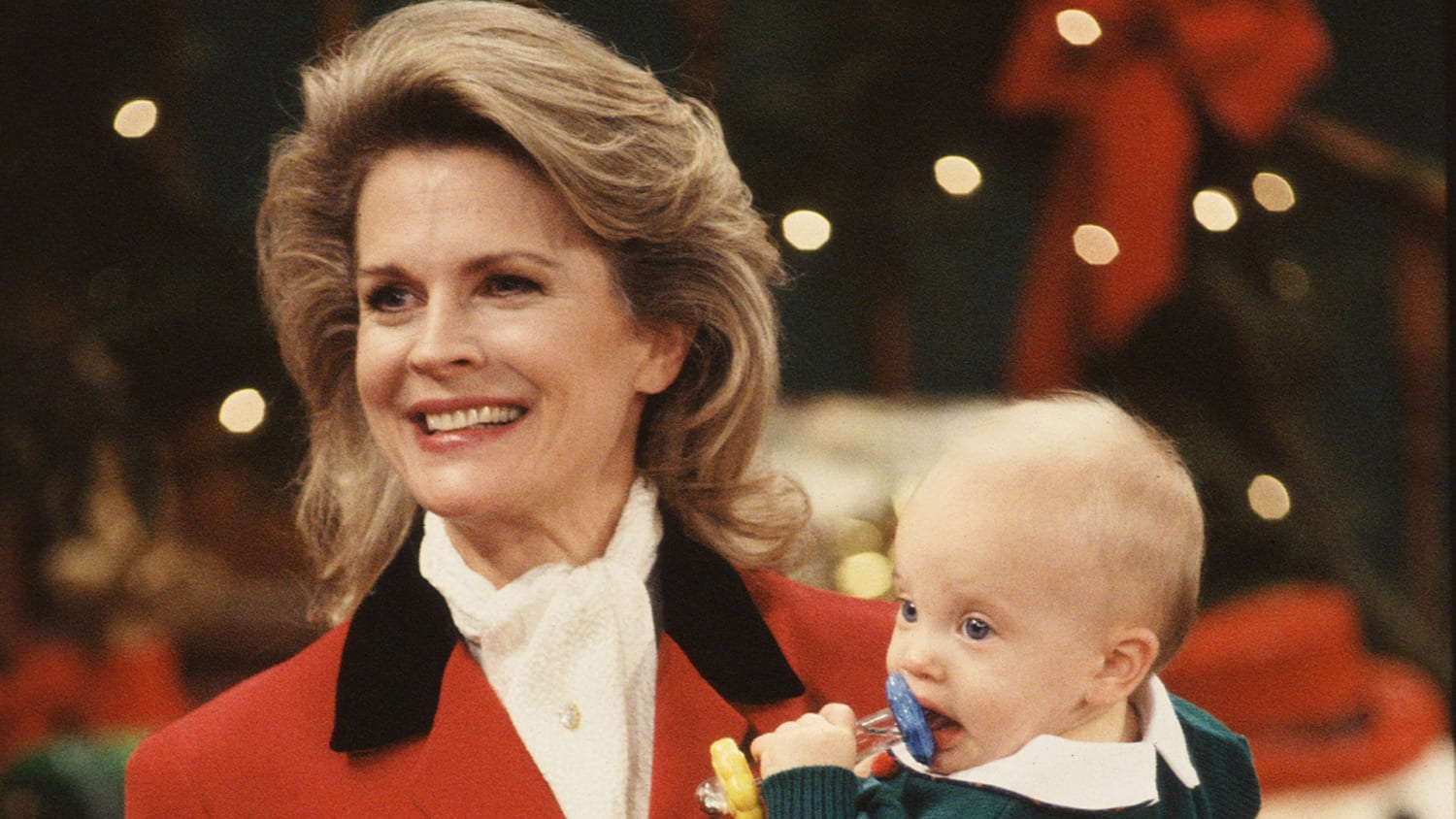 |
| Laura Petrie (Mary Tyler Moore) |
Images of women in television have changed to reflect cultural expectations of modern women, but these changes have often been met with controversy. In the 1960s, TV mothers were housewives and had sometimes given up careers to take on the expected societal role of full-time homemaker and mother. For example, The Dick Van Dyke Show's Laura Petrie (Mary Tyler Moore) gave up her career as a dancer to become a homemaker and, eventually, a mother, while her husband Rob continued to build his pre-marriage career. She was always stylish and exemplified the motherly ideal of the 60s.
 |
| Claire Huxtable (Phylicia Rashad) |
It was not until the 1980s that we began to see working mothers on television. Elyse Keaton (Meredith Baxter) was an architect and mother on Family Ties, and Claire Huxtable (Phylicia Rashad) was an attorney on The Cosby Show. These families depicted two working, middle- or upper-middle-class heterosexual parents, and Elyse and Claire were moms who "had it all." They were able to balance careers, relationships, and families with ease (most of the time). These depictions did not cause major controversies because they were still part of traditional, nuclear families.
 |
| Murphy Brown (Candice Bergen) |
The 80s also brought single moms onto the small screen, and these depictions did cause controversy. The most divisive TV mom of the decade was also perhaps the most progressive: Candice Bergen's Murphy Brown (1988-1998). Murphy was a single woman with a high-profile, powerful career as a broadcast news anchor. In 1992, the character became pregnant and decided to have the baby and raise it as a single mother. This storyline caused then Vice President Dan Quayle to denounce the character, claiming that this depiction of a single, working mother would contribute to the breakdown of the nuclear family (Gajanan, 2018). Murphy Brown helped to normalize the idea of nontraditional families at a time when conservative politicians were running on campaigns of "traditional family values."
“Bearing babies irresponsibly is, simply, wrong. Failing to support children one has fathered is wrong. We must be unequivocal about this. It doesn’t help matters when prime-time TV has Murphy Brown — a character who supposedly epitomizes today’s intelligent, highly paid professional woman — mocking the importance of fathers by bearing a child alone and calling it just another ‘life-style choice,'” (Vice President Dan Quayle discussing Murphy Brown)
References
Claire Huxtable (image). Accessed at https://media.cnn.com/api/v1/images/stellar/prod/140507113448-02-tv-moms-restricted.jpg?q=w_2520,h_1659,x_0,y_0,c_fill/h_618
Gajanan, Mahita. "What to Know About Murphy Brown's History of Making Real-World News." Time, September 27, 2018. https://time.com/5405100/murphy-brown-cultural-importance-reboot/
Laura Petrie (image). Accessed at https://blogger.googleusercontent.com/img/b/R29vZ2xl/AVvXsEjFuJNKiqqlygeMiEvzBh4mFugVpw0vxoMfFmAiuskS4dYng00d_ZeosmXkTRj6JU0qH-TY576NtQVkrVlCnXh8Rw40X1uUxt39ItErc7YfqNRX70q58Z1h-Bhi5fCj2Vs6py9ZzrrtbeA/s1600/ritchie+milk.jpg
Murphy Brown (image). Accessed at https://media-cldnry.s-nbcnews.com/image/upload/newscms/2018_11/1325348/murphy-brown-today-180316-tease.jpg
Comments
Post a Comment